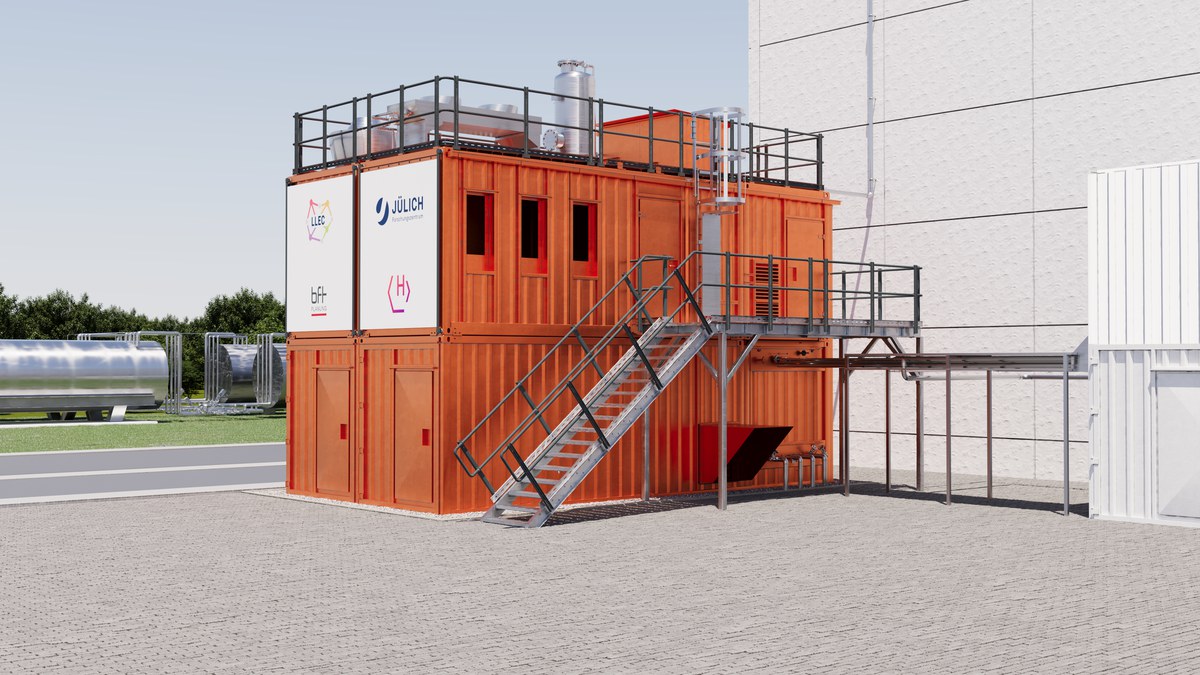Hydrogen Storage LOHC

In LOHC technology, hydrogen storage takes place through a reversible reaction of hydrogen with the low-hydrogen LOHC compound. This means that heat is released in the hydrogenation process, which must be dissipated from a reactor. After this reaction, the hydrogen is then reversibly bound to the hydrogen-rich LOHC compound. The hydrogen-rich LOHC compound is a liquid and therefore can be stored efficiently at ambient conditions and transported if necessary. Should there be a need for hydrogen again, the hydrogen can then be released from the hydrogen-rich liquid again with the addition of heat in the dehydrogenation process. The LOHC compound is not consumed during the storage cycle and can be used over many storage cycles. One such hydrogen storage cycle is shown in the figure below.

In the LLEC project, a reactor in which both hydrogenation and dehydrogenation can be carried out is being projected in collaboration with Hydrogenious LOHC Technologies GmbH and the planning office BFT Planung GmbH. This type of reactor was developed on a laboratory scale in cooperation between the Chair of Chemical Reaction Engineering at the Friedrich-Alexander University of Erlangen-Nuremberg and the Institute Division IEK-11 at Forschungszentrum Jülich. In the LLEC project, the reactor is being upscaled to a power level of 300 kW (H2), which is unique in the world to date.
The successful demonstration of stationary hydrogen storage at a technically relevant power level of 300 kW (H2) using LOHC technology represents a central research question. Another research question aims at demonstrating that by means of the LOHC technology an efficiency of hydrogen storage of more than 90 % can be achieved by cleverly linking the LOHC reactor with the cogeneration units in the new full heat supply center of the FZJ. Thus, an important contribution to the decarbonization of the energy system is made by demonstrating stationary hydrogen storage using LOHC technology on a scale that is unique in the world and the very high efficiency of hydrogen storage. The integration of the LOHC reactor into the infrastructure of the research center is outlined in the following figure.
To date, the basic engineering of the reactor has been completed in cooperation with Hydrogenious LOHC Technologies GmbH and the planning office BFT Planung GmbH. By Q2 2022, we have completed the detailed engineering and started construction. Commissioning of the reactor is planned for 2024. After commissioning, intensive test operation will take place to investigate the research questions.


